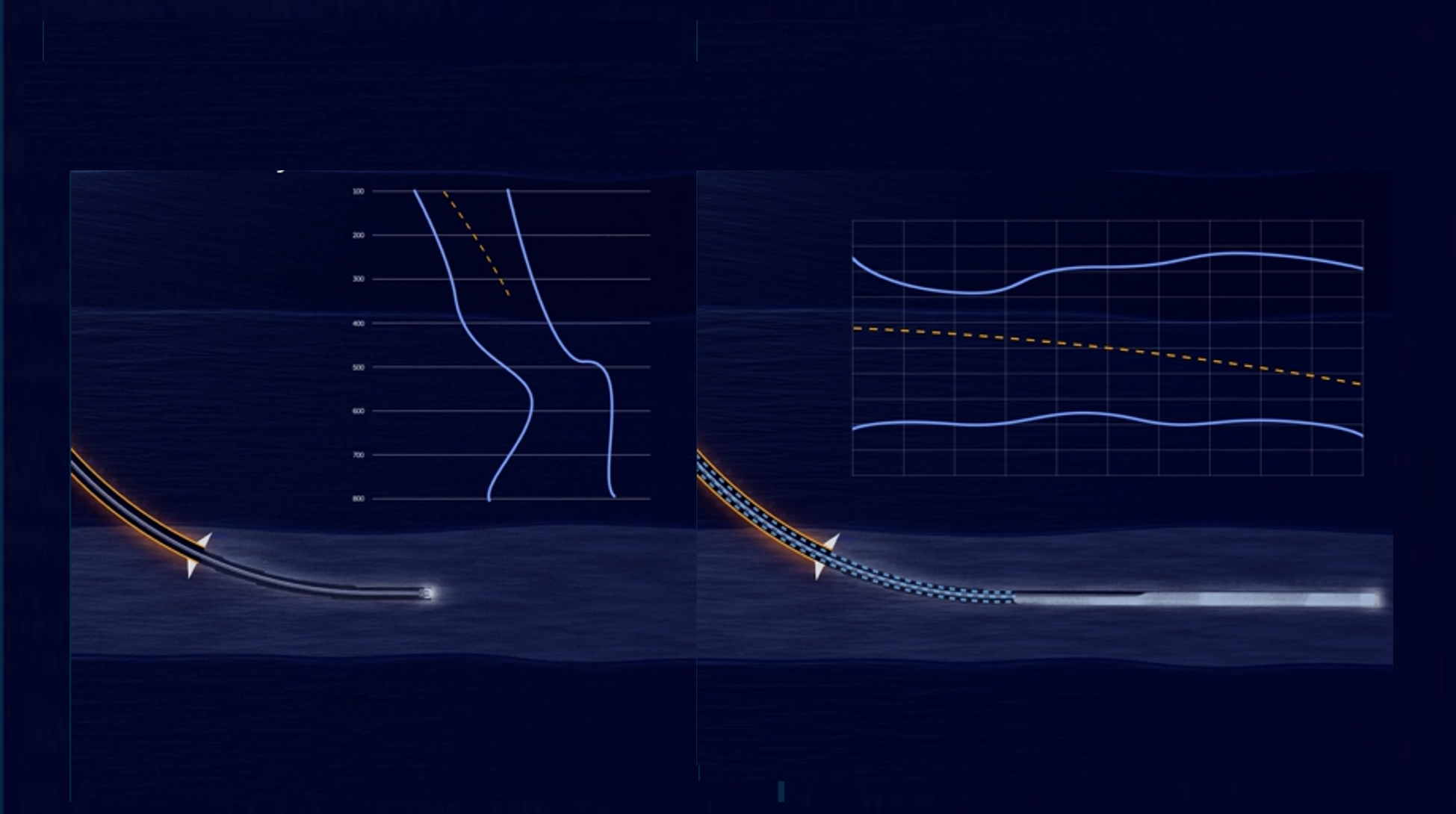In today’s fast-evolving oil and gas industry, the importance of effective pressure management cannot be overstated.
In this article, we will explore the concept of Managed Pressure Drilling (MPD), with a particular focus on one of its key methods, Controlled Mud Level (CML). We will delve into how CML works, its advantages during the drilling process, and how it revolutionizes the way we approach pressure management.
What is CML MPD?
To grasp the concept of CML MPD, we should first explain MPD. Managed Pressure Drilling (MPD) is a drilling method used to precisely control the annular pressure profile in the wellbore. This technique integrates advanced technology and equipment with traditional drilling systems, allowing for real-time adjustments to downhole pressure profiles.
By employing MPD, operators can achieve greater accuracy in controlling bottom hole pressure, leading to fewer pressure fluctuations and enhanced well management.
There are three primary MPD methods, along with various approaches for using them. The shared application for the different MPD methods is the ability to control and adjust the annular pressure profile.
So, what exactly is CML? Controlled Mud Level (CML), is one of the three main MPD methods where the bottom hole pressure is controlled and adjusted by moving the mud level up and down in the riser, thereby adjusting the hydrostatic pressure.
Check out: MPD methods: Pros and Cons of CML vs SBP
How Does CML Work?
The CML method empowers operators to adjust bottom hole pressure (BHP) during all drilling operations. It achieves this by moving the fluid level in the marine drilling riser, directly impacting the hydrostatic pressure applied.
This process involves the installation of a Subsea Pump Module (SPM) on the riser, which is used to adjust the fluid level in the riser and pumps all mud and cuttings returns up a separate Fluid Return Line (FRL). CML can be used for many applications, including the traditional MPD application of holding a near constant BHP at a given set point in the wekk fir static and dynamic conditions.
The SPM plays a crucial role in regulating and adjusting bottom hole pressure as necessary. Moreover, a top-fill pump facilitates quicker riser filling, while a continuously operating boost pump ensures constant monitoring and control of the well, even during non-circulating phases.
Advantages With CML
- Comprehensive Application: Suitable for the entire well construction process, including drilling, tripping, cementing, and completion operations.
- Prevent Exceeding Operational Window: helps prevent exceeding the operational window to mitigate gains and losses.
- Reservoir Access: Unlock additional reservoir potential, particularly in depleted fields that are otherwise challenging to reach.
- Enhanced Production: Increases production through managed pressure completion techniques.
- Operational Efficiency: Features such as faster and safer tripping in and out improve overall efficiency.
- Design Flexibility: Allows alterations in well design by leveraging the dual gradient effect, enabling the combination of upper sections in deepwater wells.
- Cost-Effective: Requires a smaller footprint than Surface Back Pressure (SBP) systems and reduces rig time compared to other MPD methods.
Takeaway
By allowing precise control over bottom hole pressure through adjustments of the mud level in the riser, CML enhances operational efficiency and safety throughout the drilling process.
As the oil and gas industry continues to evolve, embracing innovative methods like CML is essential for tackling the challenges presented by increasingly complex drilling environments. Adopting CML not only streamlines operations but also paves the way for more effective resource extraction, ultimately contributing to the sustainability and profitability of drilling projects.
Get the latest updates
Want to stay updated on the latest knowledge articles and news from Enhanced Drilling?
.jpg?width=290&name=Snorre%20Lutnes%20(gammelt%20bilde).jpg)







